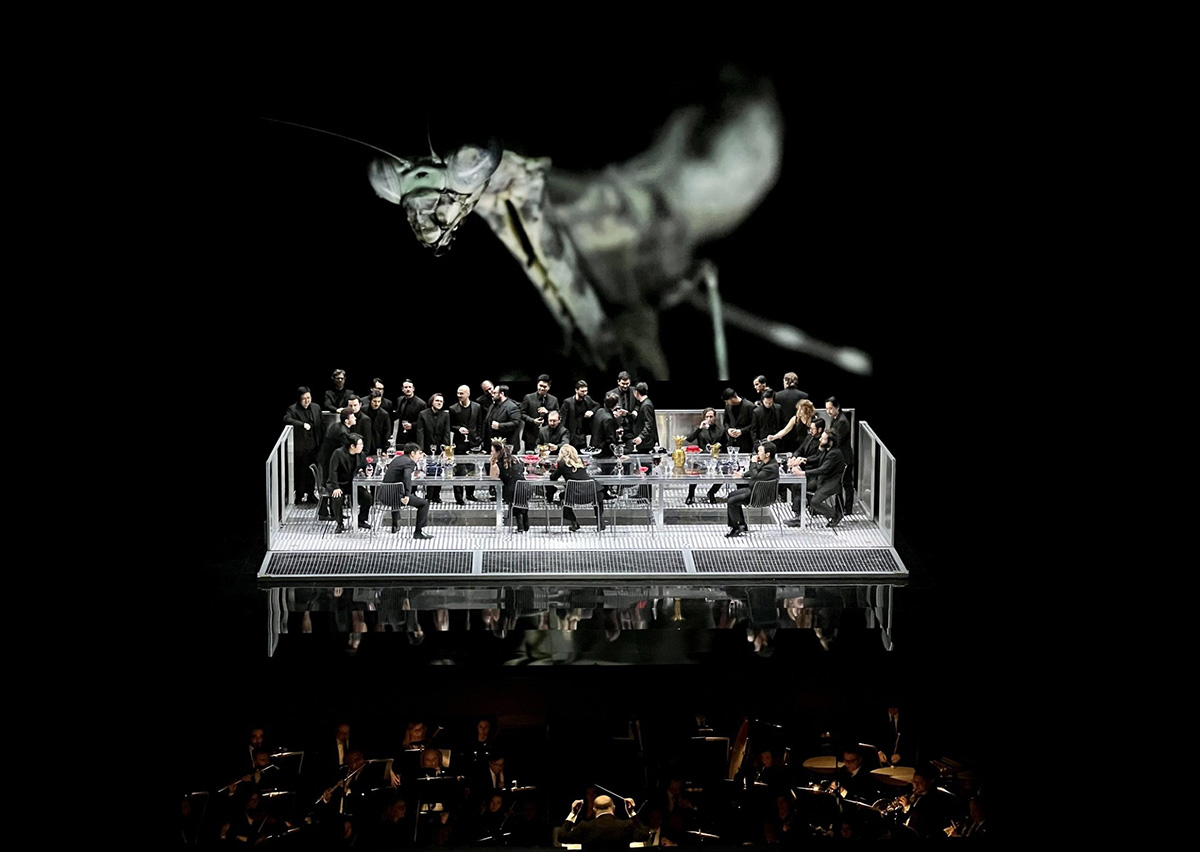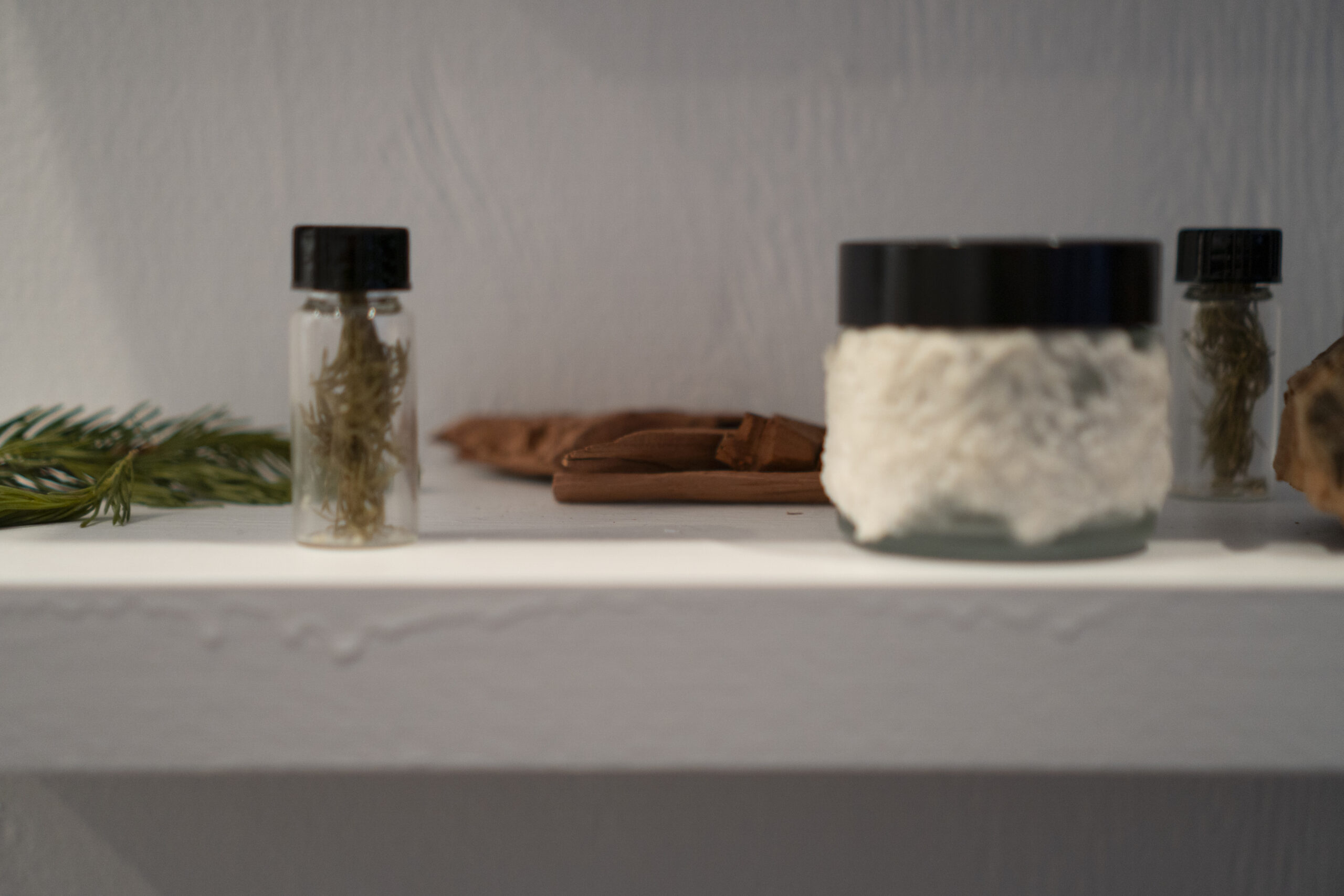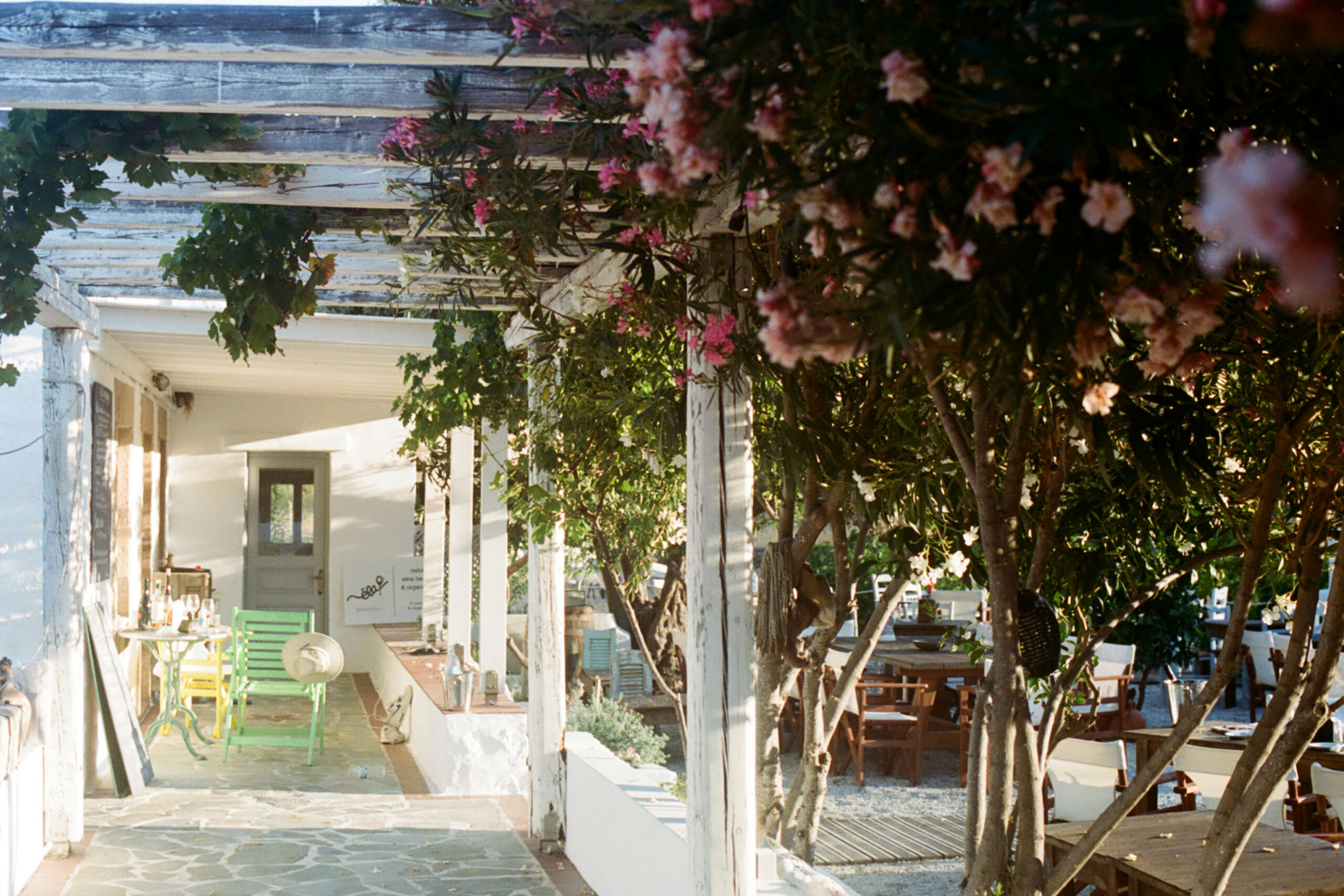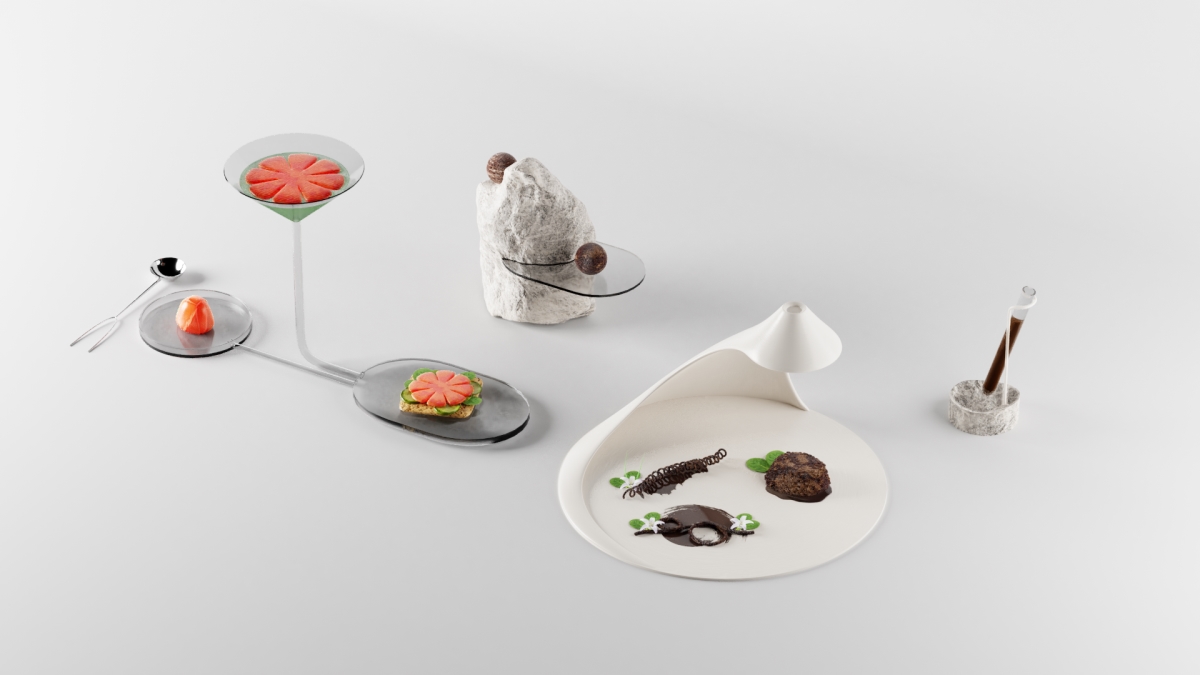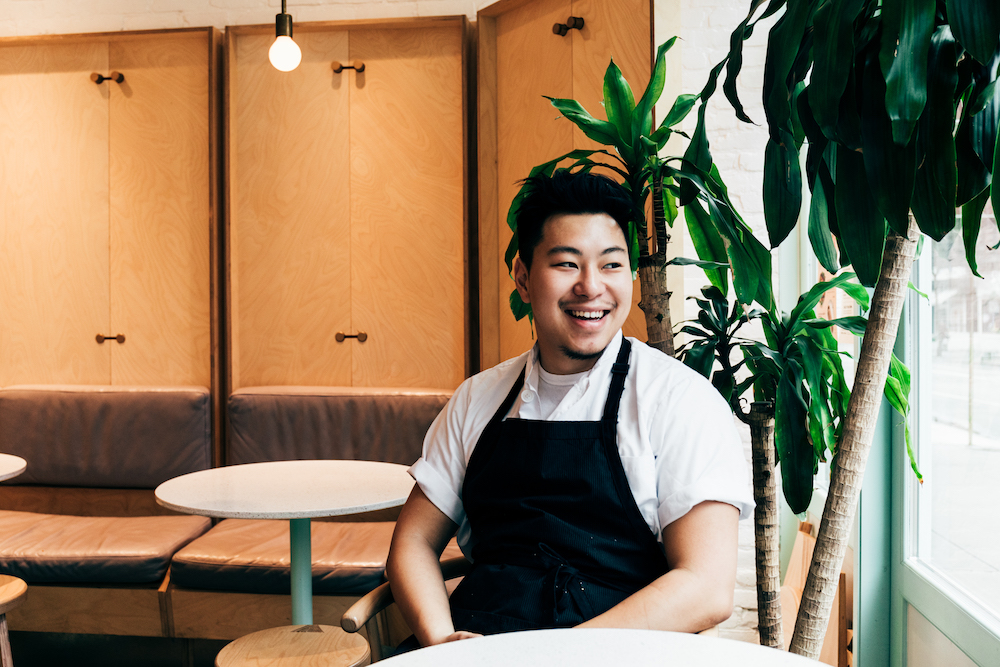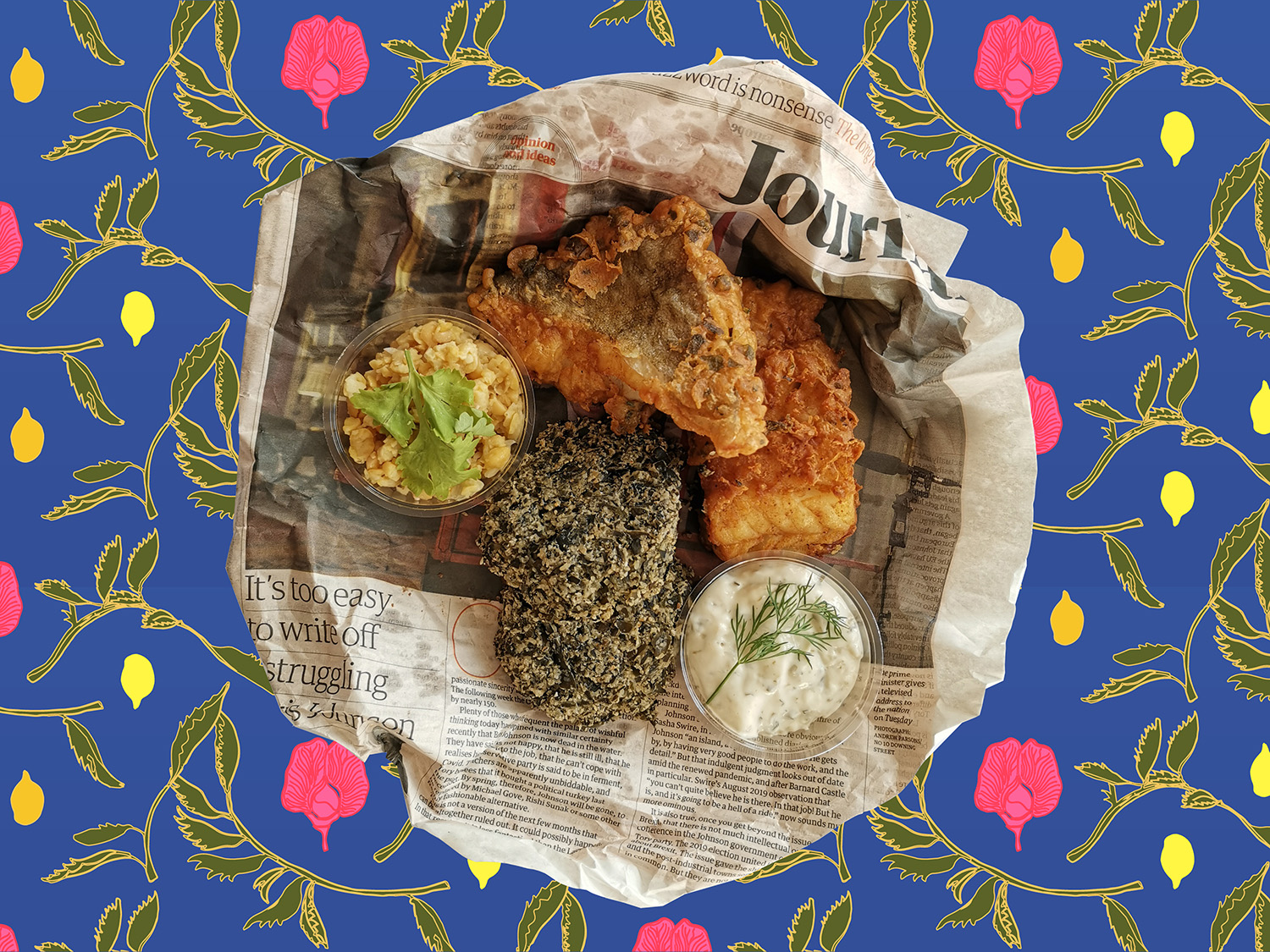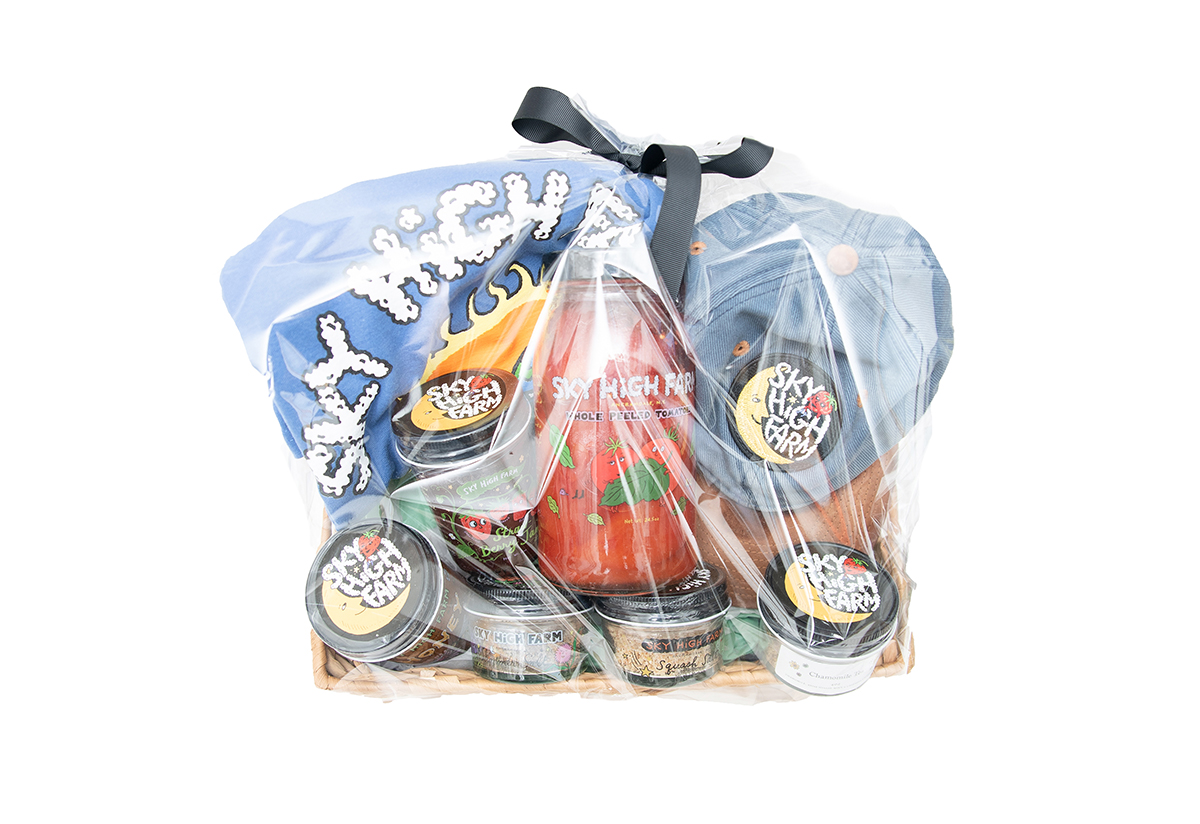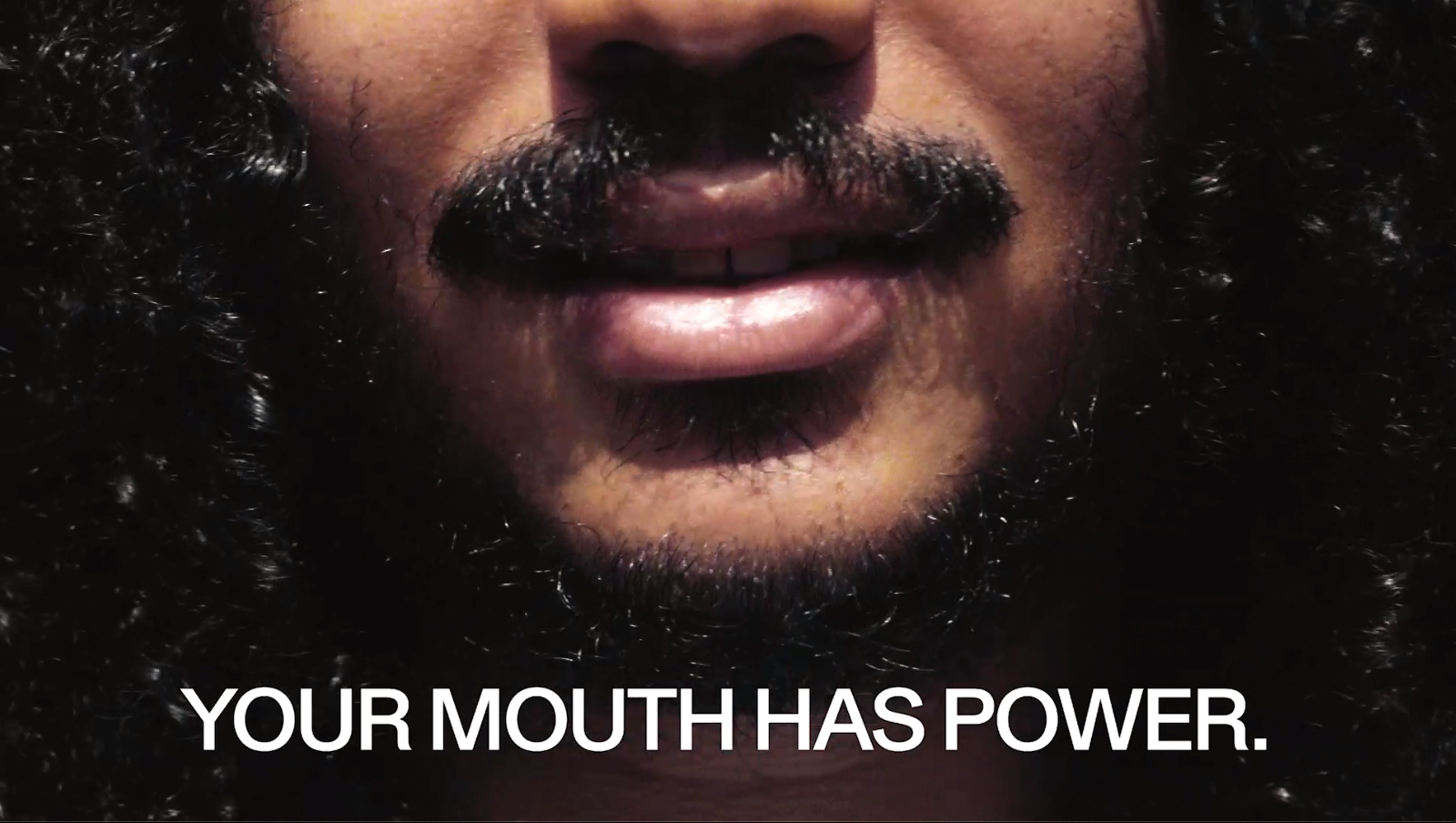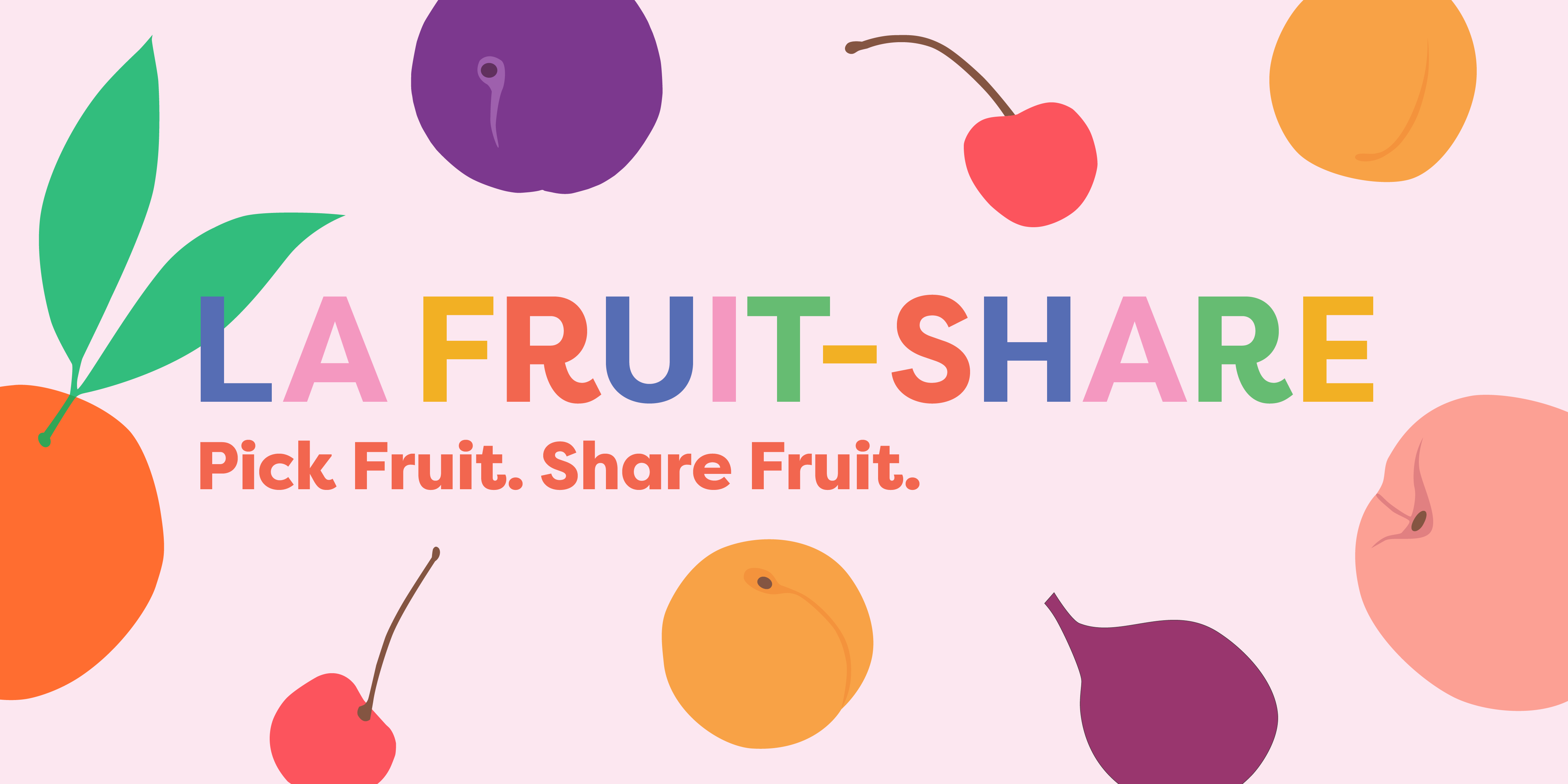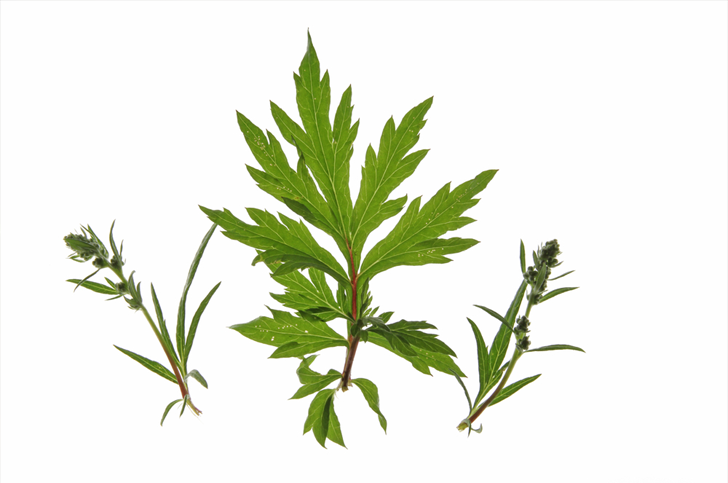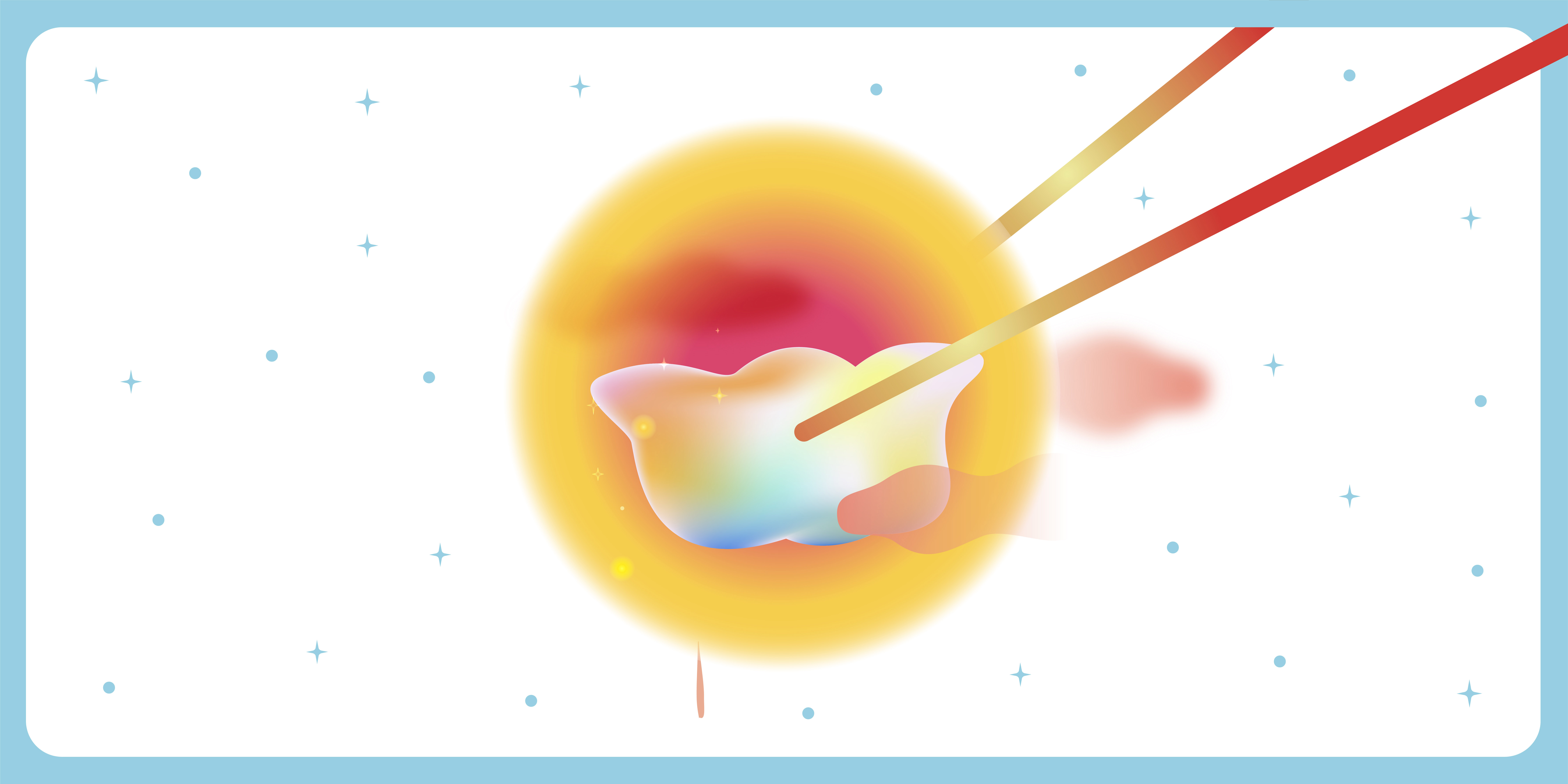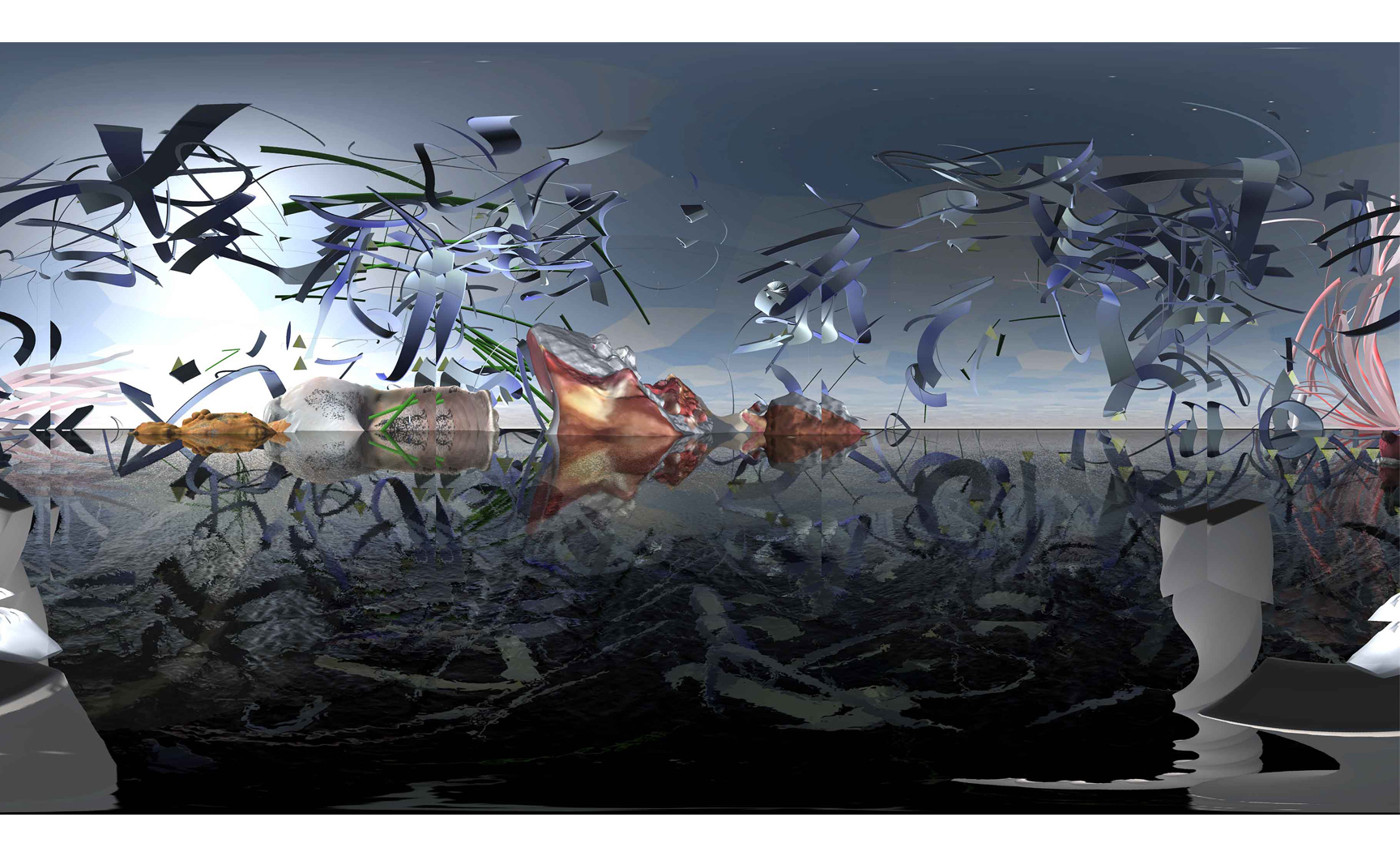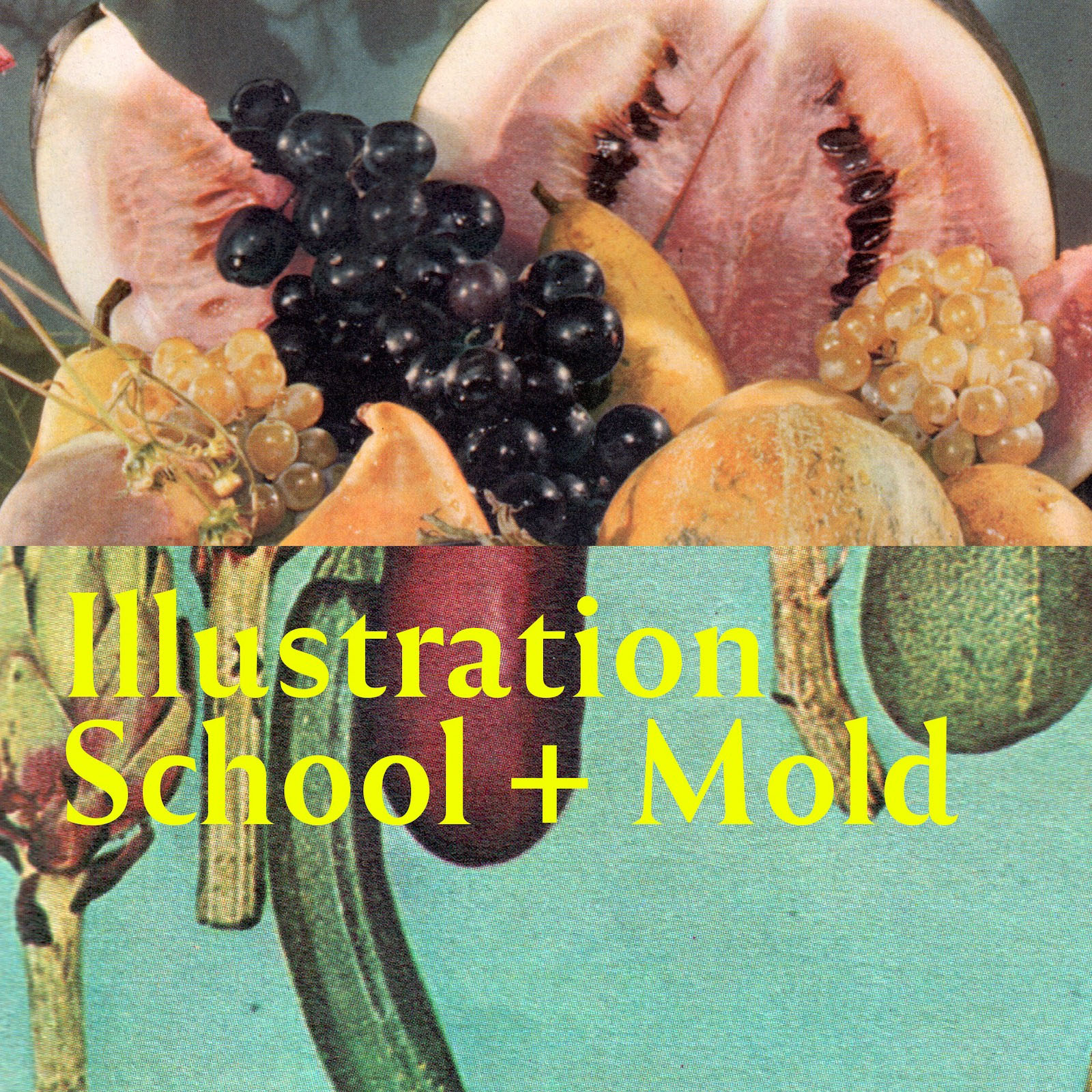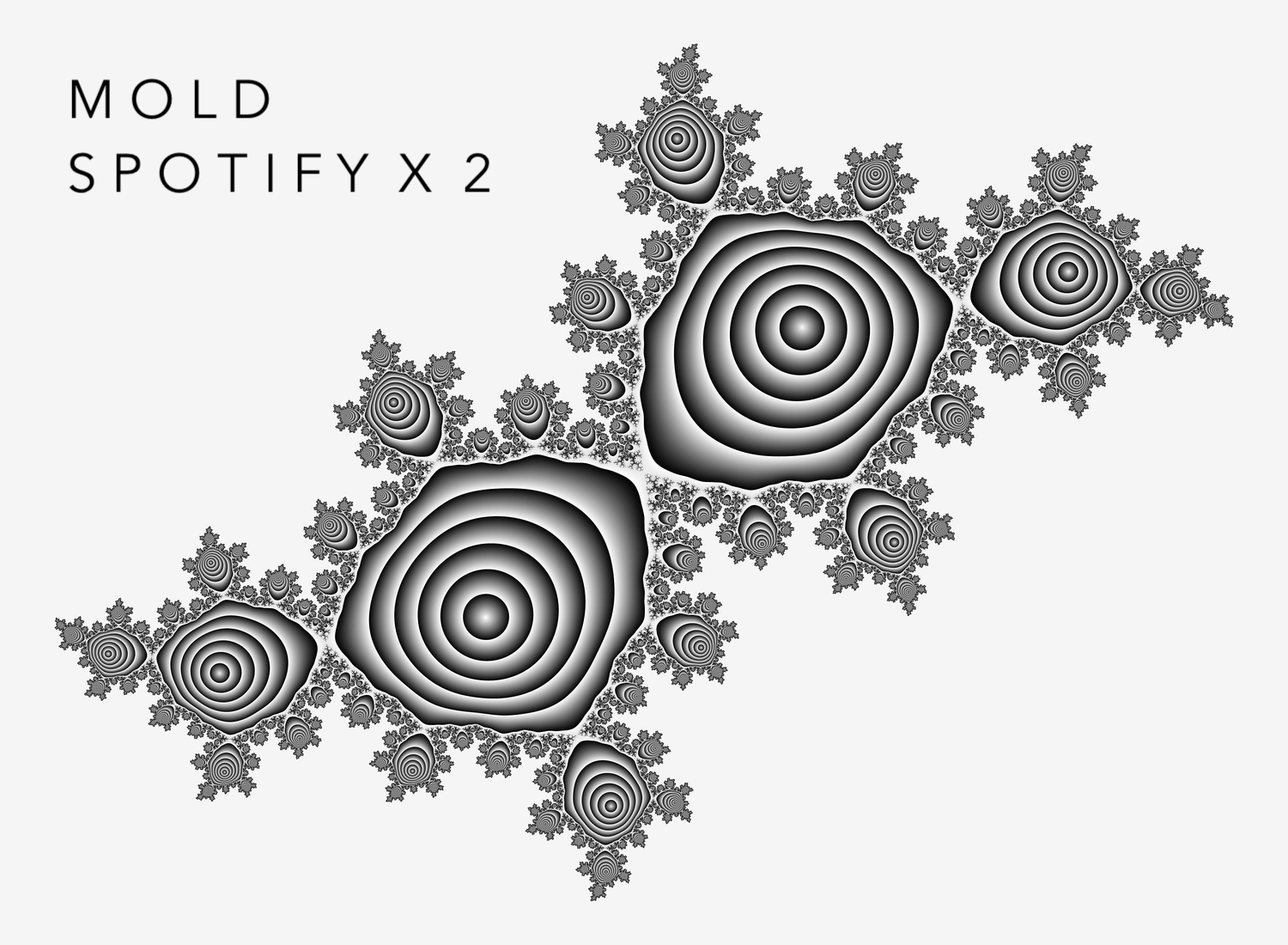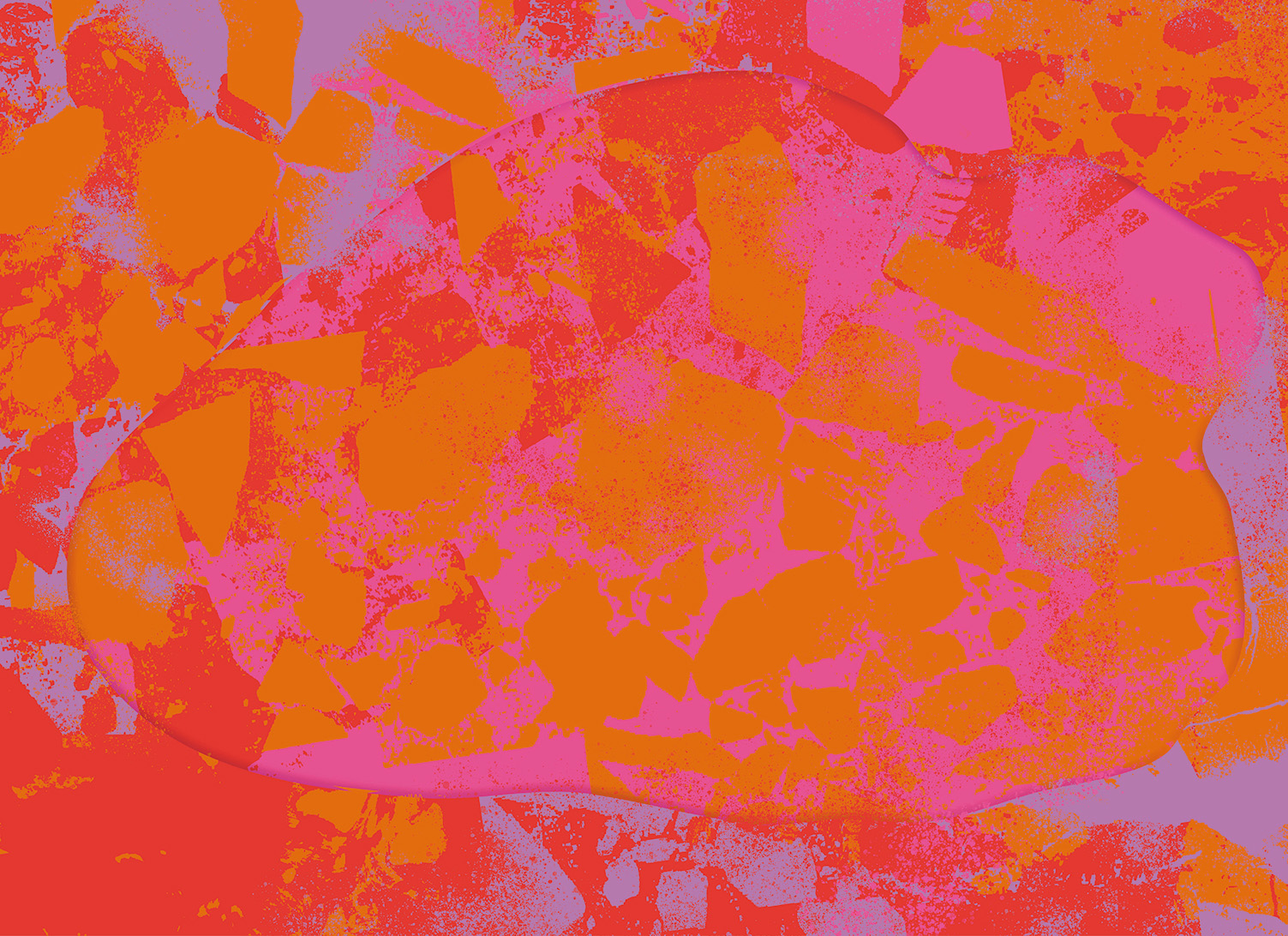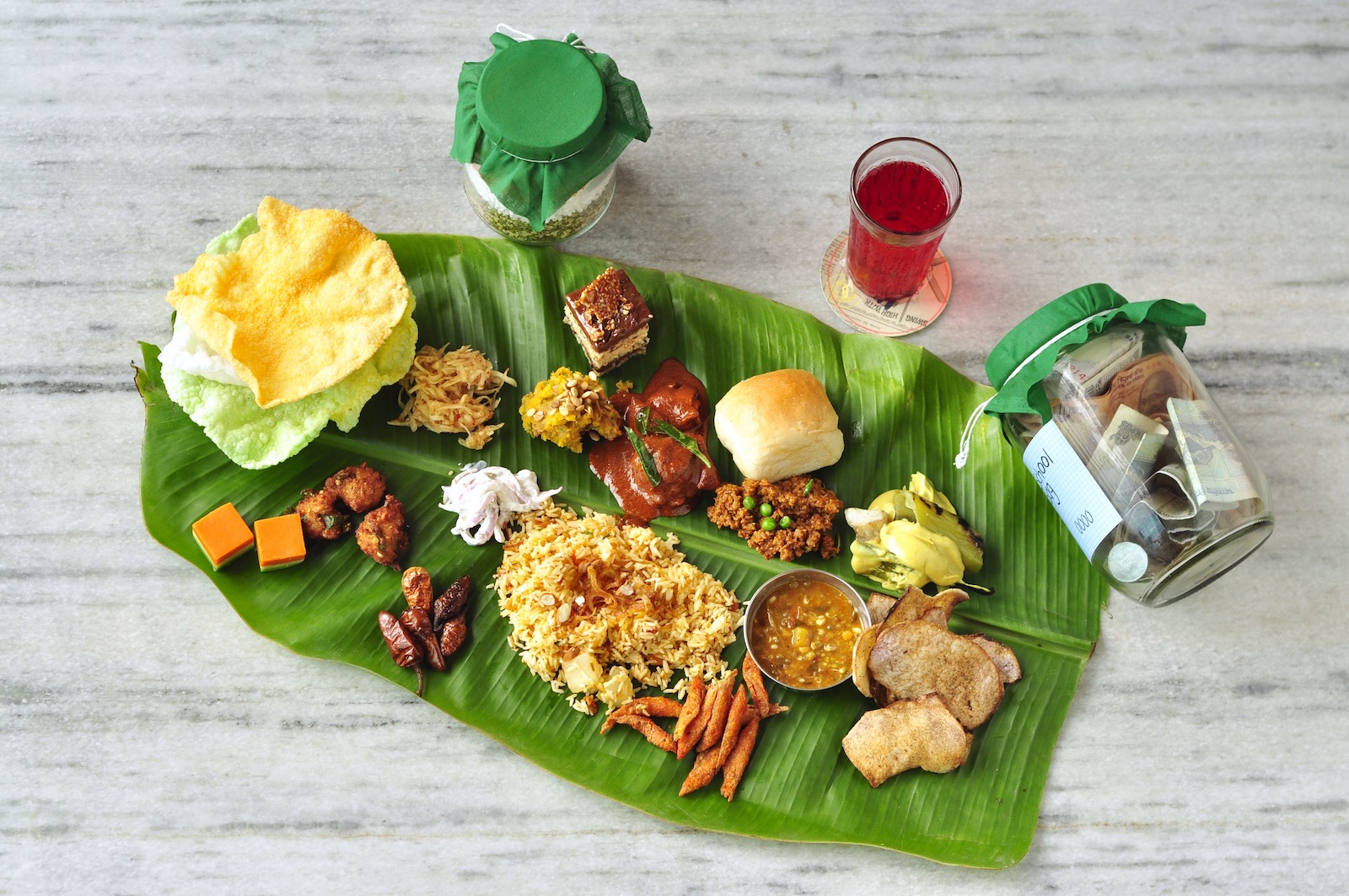This piece is part V of a five-part series by Jen Monroe of Bad Taste and Caroline Maxwell of Wild Dogs International, ‘Balling the Queen: On Honey Bees, Consumption and Collapse.’ Focusing on the plight of pollinators and colony collapse, this series serves as a precursor to their event Balling the Queen: A Dinner Salon Exploring Honeybees, Consumption and Collapse.
As a culture, we’ve been socially conditioned to value capital over life. We’ve prioritized the short-term convenience of food industrialization over functional ecosystems. The issues are pressing, but so often overlooked because they’re too complex and innumerable to digest. In collaboration with Brooklyn-based curator Caroline Maxwell, I’m exploring this web of problems through the lens of food in an effort to create a more empathetic connection between consumers and bees.
Balling The Queen: On Honeybees, Consumption, and Collapse is an event series which uses food, art, sound, and panel discussions as a catalyst to talk about the honey bee crisis. Food is useful both as subject matter and as a universal meeting ground; creating a sensory translation on a visceral level. By taking a multidisciplinary and rhizomatic approach, we hope to create a diverse range of entry points for understanding. Balling The Queen is part of an ongoing salon series created by Caroline Maxwell and presented by Wild Dogs International, a creative studio that collaborates with renowned artists and commissioners to create site specific experiences from large scale festivals to artist-led interventions.
 Clip from Eric Epstein’s video installation for Balling the Queen.
Clip from Eric Epstein’s video installation for Balling the Queen.
The first salon in June included food that highlighted pollinator-centric produce, mead by Enlightenment Wines Meadery, audio by CEP, a video installation by Eric Epstein, flora by BRRCH, and a panel featuring chef and sustainable food activist Evan Hanczor; artist, professor, and future-food researcher Allie Wist; and Geraldine Simonis, the head beekeeper at Brooklyn Grange, the world’s largest rooftop farm focusing on sustainable and local food systems.

Clip from Eric Epstein’s video installation for Balling the Queen.
In August we’ll be hosting the second event in the series at Farm River Farm in New Haven, Connecticut. It will feature an intimate multi-course sit-down dinner, flora by Fleurotica, mead by Enlightenment Wines Meadery, audio by CEP, and the first permanent Bee Chapel installation by Terence Koh. There’s an apiary on the farm, so dinner will be eaten in the presence of bees both native and domesticated going about their work. The menu is designed to bring attention to the means of production behind the food and to all the ways in which we rely on bees, featuring the literal fruits of their pollination but also including beeswax, honey, and several of the (edible!) flowers that bees like to forage from. Most importantly, it will be a jumping-off point for a holistic conversation between laypeople and experts, farmers and artists, professors and landscapers, beekeepers and chefs about honey bee health: how did we get here? What can we do?
 Figs with orange blossom yogurt, honeycomb and gold leaf. Image courtesy of Wild Dogs International.
Figs with orange blossom yogurt, honeycomb and gold leaf. Image courtesy of Wild Dogs International.
While working on this project has been an opportunity to spend a lot of time marveling at bees, I’m not interested in preaching to anyone about what they should eat. Food is expensive, and I live in New York City, where it is even moreso, and nobody should be faulted for living however they can. I might encourage a diversity of diet: 75% of what the world eats comes from 12 crops and 5 animals, and I think a useful way to push back against monocultures is to be curious and to try to eat as many different things as possible. But even that requires access, know-how, time, money; and anyway, so many of our eating habits are driven by enormous economic forces that can feel too big to reroute.
 A frame of bees on the rooftop farm at Brooklyn Grange. Image courtesy of Brooklyn Grange.
A frame of bees on the rooftop farm at Brooklyn Grange. Image courtesy of Brooklyn Grange.
Perhaps I’m too much of a pessimist to be a useful cheerleader for change at the grassroots level, but working on this project has presented me with hope-inspiring evidence of change. In May, Minnesota introduced a new bill that provides an annual budget of $900,000 to reimburse homeowners for creating bee-friendly habitats in their yards and gardens, and it’s especially meant to help the native rusty patched bumble bee, which is currently endangered. Also, researchers in Vancouver have started using honey from urban beehives as an effective biomonitor for environmental pollutants, most importantly for lead isotope analysis through which the honey can identify where the lead came from. Excitingly, a new food certification called Bee Better is in development, functioning similarly to organic or fair trade stickers to ensure customers that their food comes from farms actively working towards pollinator health. On a broader scale, the widespread news coverage of CCD and the honey bee health crisis has brought unprecedented public attention to an insect, heightened awareness of the intricacies of food systems, and has yielded the largest surge of bee research in history, much of which has been invaluable to pollinator conservation (Hanson 186). The importance of these shifts can’t be overstated.
 Habropoda excellens, native to Utah. Photo by Sam Droege.
Habropoda excellens, native to Utah. Photo by Sam Droege.
There are so many reasons to admire the domesticated honey bee, Apis mellifera, and it’s why many of us learn about them in elementary school. They’re a marvel. Still, coming to think of them as the broiler chickens of the insect world has changed the way I see them: they’re a non-native species engineered into a wildly unnatural position to perform agricultural labor at the expense of more anonymous and fragile native insects. Even so, I can’t help but fall in love with them again and again: their poetics, their sensitivity, their ferocious commitment to the common good at the expense of the individual, and admittedly, their mysticism. Did you know that bees can see ultraviolet, a color called “bee purple” that we can’t see, and it enables them to see shapes and patterns in the petals of flowers that are invisible to human eyes? Or that recent research suggests that some flowers can sense vibrations from bees’ wings and within minutes respond by temporarily making their nectar sweeter? Or that if a mouse climbs inside a beehive in search of food or warmth, it’ll take five stings to kill her, and then to avoid being stuck with a decomposing mouse corpse that’s too heavy for bees to move, they’ll mummify it in propolis (a glue that bees make out of tree resin) to prevent it from contaminating the hive? Or that it takes about 55,000 miles of flight to produce a single pound of honey? Or that the cells of beehives are hexagonal because the shape can hold the most honey while using the least amount of wax?
 Process shot of construction on Terence Koh’s Bee Chapel. Image courtesy of Wild Dogs International.
Process shot of construction on Terence Koh’s Bee Chapel. Image courtesy of Wild Dogs International.
I don’t have any particularly rousing calls to action, and ultimately, I believe that it is less within the purview of the individual consumer to fix a failing food system than it is the responsibility of the businesses and policies that created the problems in the first place. However, I do think that everyone could benefit from a clearer understanding of how food is grown, and if you care about food then you care about bees by extension. If you’re looking for financial actions you can take to minimize the impact of agriculture on pollinators and on the environment: shop at farmers markets, buy local honey, put a bee brick in your yard to provide nesting areas for native solitary bees, plant bee-friendly wildflowers in your yard or toss wildflower seed bombs wherever you see a suitable patch of dirt. Donate to the Xerces Society for Invertebrate Conservation. Swap almond milk out for oat milk, almond butter out for cashew butter and, if you have a yard, reduce the frequency of mowings to allow a little more insect habitat to grow. Be flexible in your ideas about what weeds are undesirable, and what a lawn should look like–perhaps closer to a meadow than a golf course. Reduce or eliminate pesticides and fertilizers. Try eating new foods, try growing your own food, even if it’s just window sill herbs; support community farms and gardens, and try eating food that was grown near you. Notice where your food comes from, and notice when it’s not clear where your food comes from, and why. If these actions aren’t applicable to you, I would instead encourage you to continue to be curious, ask questions, and have conversations. Find a patch of green: there’s a good chance you’ll hear the buzz of living things.
Sources Cited
Hanson, Thor. Buzz: The Nature and Necessity of Bees. New York: Basic Books, 2018. pp. 186
You can purchase tickets for Balling the Queen here, or for more info on colony collapse and pollinators, check out the author’s recommended reading list below!
EPA: Landscaping With Native Plants
Xerces Society Pollinator Fact Sheets & Resources
It’s easy to build a “Bee Condo” for native bees!
Scientific American: It’s Time to Rethink America’s Corn System
FAO: What Is Agrobiodiversity?
Bloomberg: Business of Bees Podcast
NPR: Massive Loss Of Thousands Of Hives Afflicts Orchard Growers And Beekeepers
National Geographic: Flowers can hear buzzing bees—and it makes their nectar sweeter
Greenpeace Research Report: A review of factors that put pollinators in Europe at risk
Scientific American: The Mind-Boggling Math of Migratory Beekeeping
Stanford University: Bees for Hire: California Almonds Become Migratory Colonies’ Biggest Task
Balling the Queen
- Part 1: The Biggest Pollination Event in the World
- Part 2: A Brief History of Colony Collapse Disorder
- Part 3: On Pollinator Health and Monoculture Farming
- Part 4: Why Should We Care?
- Part 5: Helping the Bees + Event Series Details
